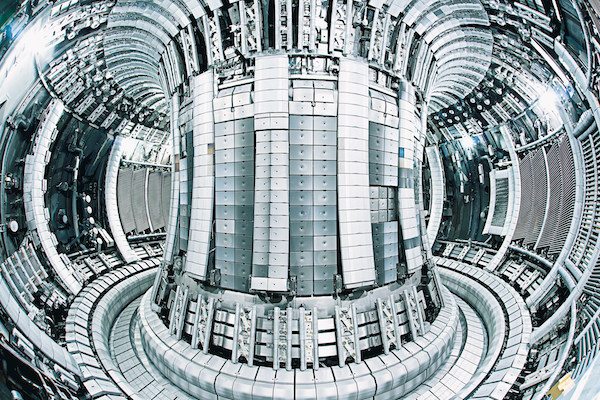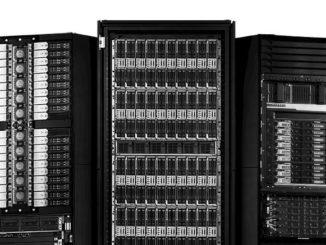
Cracking Nuclear Fusion With Supercomputers And Smart Code
Nuclear fusion, the opportunity to harness the power of the stars, has been a dream of humanity from around the time of the Manhattan Project. …

Nuclear fusion, the opportunity to harness the power of the stars, has been a dream of humanity from around the time of the Manhattan Project. …

It has been difficult for the supercomputing community to watch the tools they have honed over many years get snatched up by a more commercially-oriented community like AI and popularized. …

The relationship between the HPC and AI communities is not unlike sibling rivalry; both come from the same stock computationally speaking but are fundamentally different individuals. …

One of the hardest things in the world to do at either the International Supercomputing Conference in June or the Supercomputing conference in November is getting out of bed and to the rapid-fire, data-packed breakfast hosted by Hyperion Research, formerly known as IDC’s HPC research division. …

The irony, of course, is that there is never a summit when it comes to supercomputing. …

Most companies in the HPC space have made the natural transition to moving into the deep learning and AI space over the last couple of years. …

If everything had played out as planned, then the original “Aurora” supercomputer planned by Intel and built by Cray for Argonne National Laboratory under contract from the US Department of Energy would probably have been at or near the top of the Top 500 charts this week at the International Supercomputing 2018 conference in Frankfurt, Germany. …

The shenanigans with the Top 500 rankings of the world’s most powerful supercomputers continues, but there are a bunch of real supercomputers that were added to the list for the June 2018 rankings, and we are thankful, as always, to gain the insight we can glean from the Top 500 on these new machines that are clearly used for HPC workloads. …
All Content Copyright The Next Platform